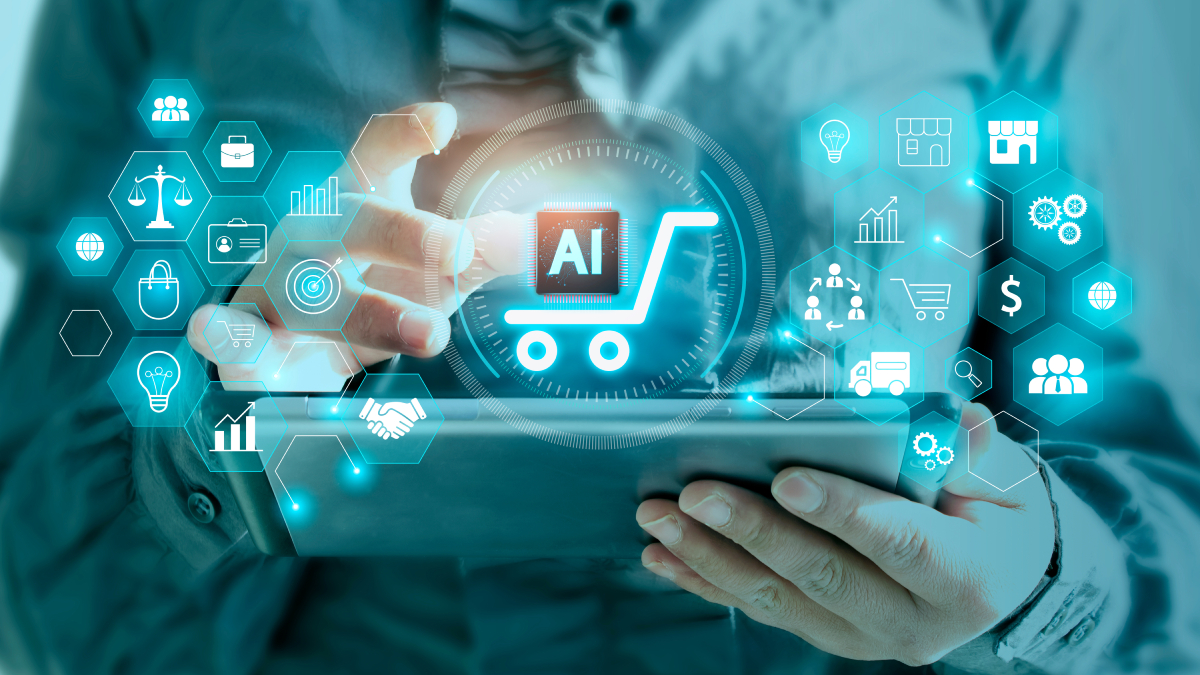Executive leaders must choose a path now for machine customers, says Mark Raskino, Distinguished VP Analyst at Gartner.
In the dynamic and rapidly evolving technology landscape, a transformation is unfolding: the emergence of machine customers, which refers to a non-human economic actor that obtains goods or services in exchange for payment. The concept of machines transforming into valued customers is no longer a futuristic idea; it is a reality that is reshaping the world of business and commerce.
Gartner has surveyed CEOs who believe that, on average, 15% to 20% of their company’s revenue will come from machine customers by 2030. Meanwhile, Gartner predicts that machine customers will be directly involved in, or have influence over, trillions of dollars in purchases by 2030. Additionally, by 2028, 15 billion connected products will exist with the potential to behave as customers, shopping for services and supplies for themselves and their owners.
For CIOs and IT leaders to better navigate the path toward machine customers, they must understand the profound impact they can have across various industries and the strategies to harness their potential.
The emergence of machine customers
Machine customers are not a mere theoretical concept; they are already impacting various industries and are set to become even more influential. These ‘custobots’ act as autonomous economic actors and are capable of various tasks, which include receiving messages, making purchasing decisions, negotiating, requesting services, and even sharing experiences. Generative AI-powered machine customers are already calling up human customer service chat lines to renegotiate utility bills and subscriptions. You might have unannounced machine customers already without even knowing it.
To harness the full potential of machine customers and lead in this disruptive wave, CIO and IT leaders should consider several actions, centred on immediate priorities and applying these holistically across their business.
Harness the potential of machine customers
First, prepare for machine customers by proactively identifying IoT-enabled products and services that align with existing human customer touchpoints, enabling seamless integration for machine customers. Additionally, plan by architecting data sources and API platforms tailored for machine customer service, as they may not engage with traditional digital storefronts.
This proactive approach ensures businesses are ready to meet the distinct requirements of machine customers and stay ahead in the digital commerce landscape. Achieving a deep understanding of serving machine customers and adapting strategies and processes to align with their unique needs is paramount for businesses looking to become exceptional at digital commerce, as it impacts various aspects of their operations. The impact of machine customers extends across diverse domains within the business landscape, each demanding a unique response.
Adopt a holistic approach
CIOs and IT leaders must adopt a holistic approach to navigate the changing landscape driven by machine customers. First, proactively identify which machines are poised to become customers in their industries, considering the implications for market dynamics, competition, and supply chain management.
Sales teams also need to adapt, recognising that machine customers will assert themselves in sales interactions, making their engagement imperative. This shift in customer dynamics necessitates a rethink of sales approaches to unlock the potential of machine customers.
In the realm of digital commerce, prepare for the exponential growth of machine customers. Traditional human-readable storefronts will no longer suffice, prompting the need for technology upgrades that cater to the unique demands of this growing customer base.
Marketing strategies must also evolve to address machine customers’ distinct characteristics, such as their reliance on logical, rule-based decision-making. This means developing programmatic and automated approaches to effectively reach and engage with these non-emotional customers.
As machine customer ordering accelerates, supply chain models must undergo a complete transformation. Demand forecasting will become more reliable and adaptation to the swift and efficient decision-making processes of machine customers will become key.

